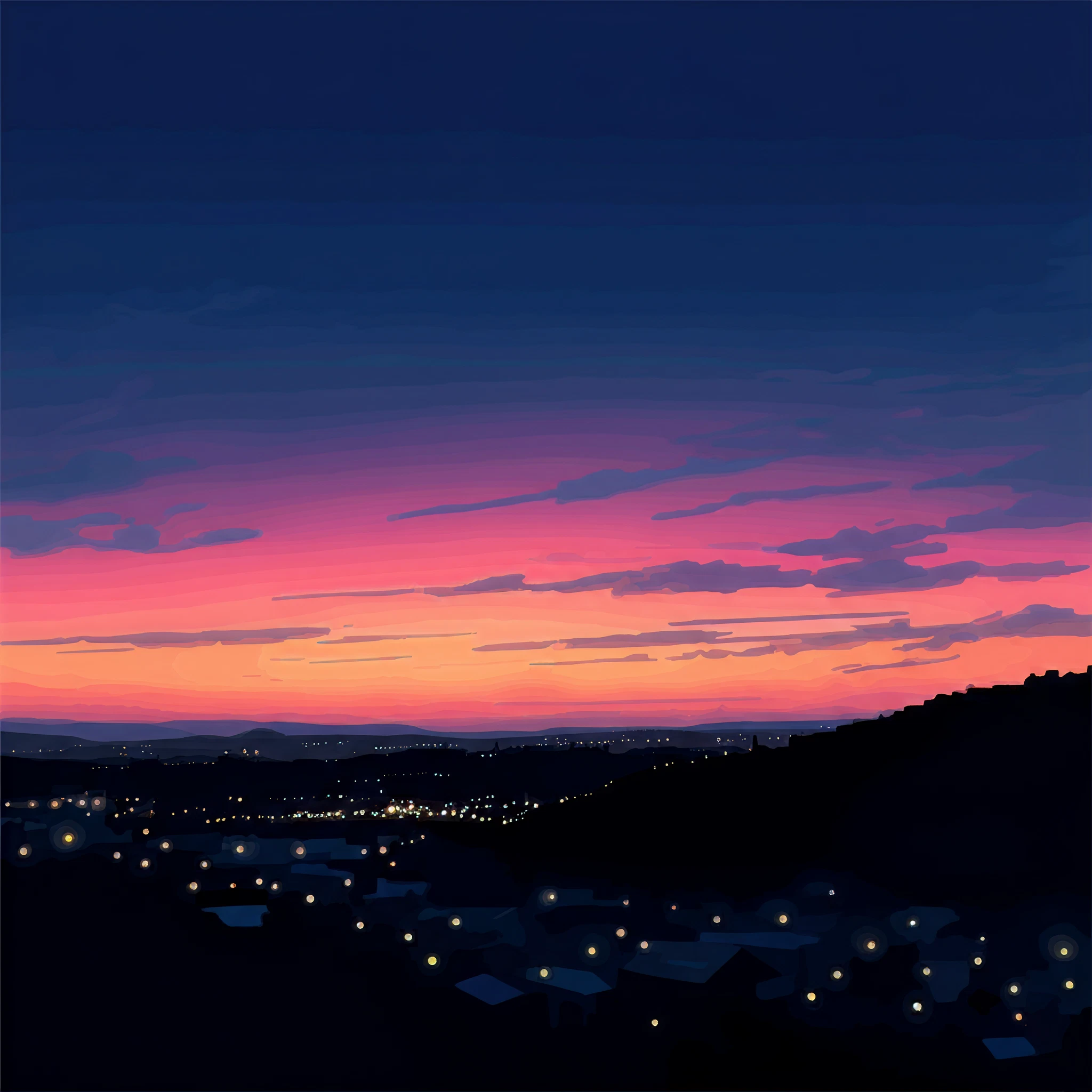The question “What time does night start and end?” may seem simple at first glance, but the answer is surprisingly complex. With definitions varying across scientific, cultural, and practical contexts, night is more than just darkness filling the sky.
Whether you’re a science enthusiast, a student seeking clarity, or simply curious about the world, we’ll break down the intricacies of night, from astronomical events to cultural significance.
Defining Night
To understand when night starts and ends, we need to explore its definitions in different contexts:
1. Astronomical Night
Astronomical night begins when the Sun is 18 degrees below the horizon and ends when it rises back to the same point in the morning. During this time, no sunlight scatters in the upper atmosphere, leaving the sky completely dark. This is when stargazing conditions are ideal.
2. Other Twilights
- Civil Twilight occurs right after sunset or before sunrise. The Sun is less than 6 degrees below the horizon, and there’s still enough light to see without artificial sources. This is when people typically say “it’s still light out.”
- Nautical Twilight happens when the Sun is between 6 and 12 degrees below the horizon. The horizon is still faintly visible, making it useful for navigation at sea.
3. Everyday Perception
For most people, night starts at sunset when the Sun dips below the horizon and ends at sunrise when it rises again. However, practical definitions may vary based on cultural and situational factors.
Factors Affecting Night’s Duration
The length of the night depends on multiple factors:
1. Latitude
At the poles, night can last for months during winter due to Earth’s axial tilt. At the equator, the night is almost always equal to the day, lasting about 12 hours.
2. Seasons
Night is longer in winter and shorter in summer due to Earth’s orbit around the Sun. For example, in December, nights are longer in the Northern Hemisphere, while in June, they’re shorter.
3. Daylight Saving Time
Man-made adjustments like daylight saving time can shift what we perceive as “night.” For example, clocks moving forward in spring delay the onset of evening darkness.
Cultural Significance of Night
Night holds immense cultural, artistic, and historical significance. From nocturnal festivals to traditions like stargazing, it has shaped art, music, poetry, and rituals across centuries. Many cultures also associate night with reflection, storytelling, or introspection.
How Night Influences Daily Life
The night is pivotal for:
- Sleep and Health: Nighttime triggers the release of melatonin in our bodies, aiding sleep.
- Power Consumption: Reduced visibility increases the need for artificial lighting, impacting energy use.
- Work Schedules: Industries like healthcare, astronomy, and transportation depend on nighttime operations.
- Astronomy and Exploration: The complete darkness of astronomical night is essential for studying celestial objects.
Answering the Question
Technically, night starts when the Sun sets and ends when it rises. However, the more precise start and end times depend on whether you’re considering civil, nautical, or astronomical definitions. For practical use, most people think of night as lasting from sunset to sunrise.
Ultimately, the rich blend of scientific precision and cultural interpretation makes this topic endlessly fascinating.
Bonus Tip for Stargazers and Night Owls
If you’re planning an activity that requires total darkness, such as stargazing, check out when astronomical night starts in your area. Websites and apps can calculate this based on your location.
Explore the wonders of the night and the science behind it, and gain a deeper appreciation for this vital part of the 24-hour cycle.








